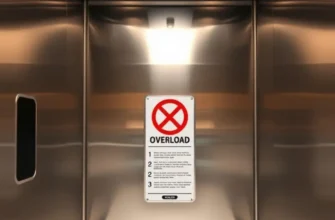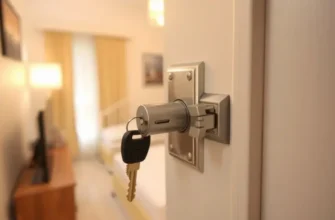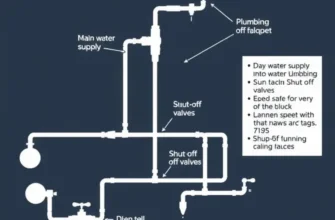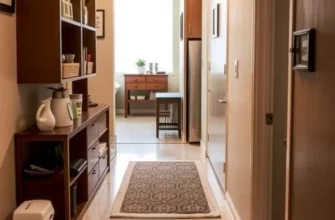Living in an apartment can offer many conveniences, but it also carries certain responsibilities, especially regarding safety. One crucial aspect often overlooked is elevator safety. For renters, ensuring a safe environment in shared living spaces is a top priority. Elevators, which serve as lifelines for residents, must be safe, secure, and reliable. Regularly maintained lifts are essential to preventing accidents and ensuring peace of mind. This article will provide practical guidelines and important considerations to help you navigate elevator safety in your apartment complex. By understanding the key factors related to elevator safety and maintenance, you can contribute to a safer living environment for you and your neighbors. Equip yourself with knowledge and tips that will enable you to be proactive about elevator usage and encourage best practices in your community.
Understanding Elevator Safety Protocols
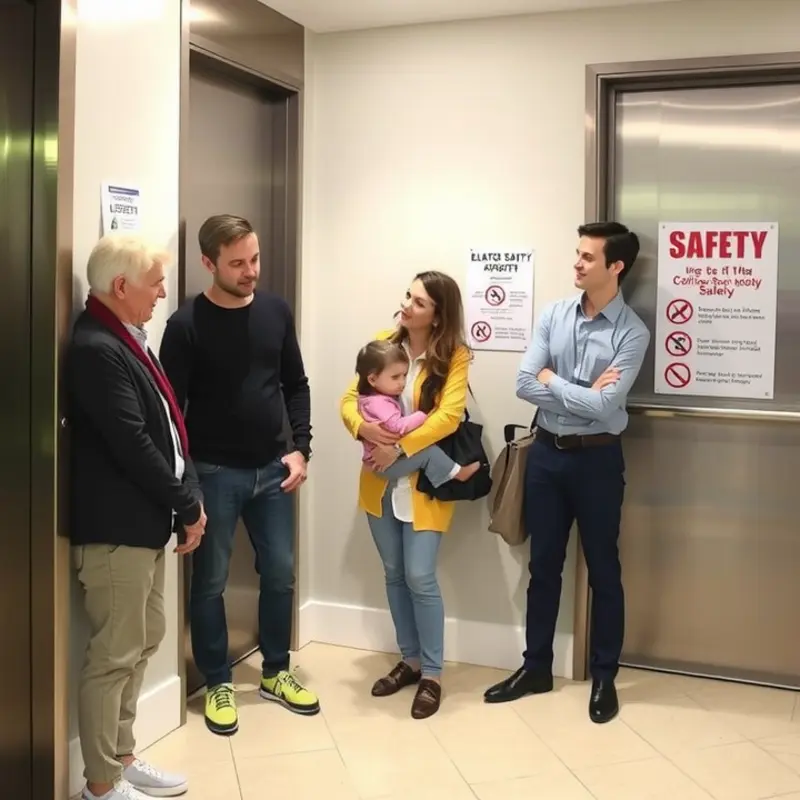
Elevator safety is paramount in any apartment building, and renters should be well-versed in key protocols to ensure their personal security. One of the essentials to grasp includes recognizing the importance of regular maintenance checks. Building management typically schedules these, but any signs of malfunction, such as erratic movements or unusual noises, should be reported immediately to prevent accidents.
Familiarity with emergency procedures is crucial. In the event of an elevator stopping between floors, remaining calm is vital. Pressing the emergency button connects you with assistance. Under no circumstance should occupants try to pry doors open or exit the cabin by themselves as this is highly dangerous.
It’s also wise to understand the physical limits of elevators, most notably their weight capacity. Overloading can lead to mechanical failures. Residents should be mindful of posted weight limits, particularly during moves when elevators are often used for transporting heavy items. For guidelines on safe furniture handling within elevators, you can refer to this safe furniture anchoring guide.
Another safety component stems from proper etiquette and behavior. Standing clear of the doors while they open and close is a must. Rushing can result in trapping or injuring. Enter and exit swiftly, allowing doors to close without obstruction.
Elevator use should also consider individuals with disabilities or special needs. Pay attention to any audible cues or braille labels, ensuring that everyone can use the facility safely. Offering assistance to those who need it contributes to a safer and more inclusive living environment.
Finally, renters might benefit from familiarizing themselves with the building’s fire safety plan regarding elevators. Typically, in case of fire, elevators are not used, but understanding when and how they might be utilized in evacuation procedures could be lifesaving.
Maintaining awareness and practicing these protocols ensures not only your safety but enhances the well-being of everyone in the building. With these measures, renters can enjoy a secure and functional living space.
Maintenance Tips for Safe Elevator Usage
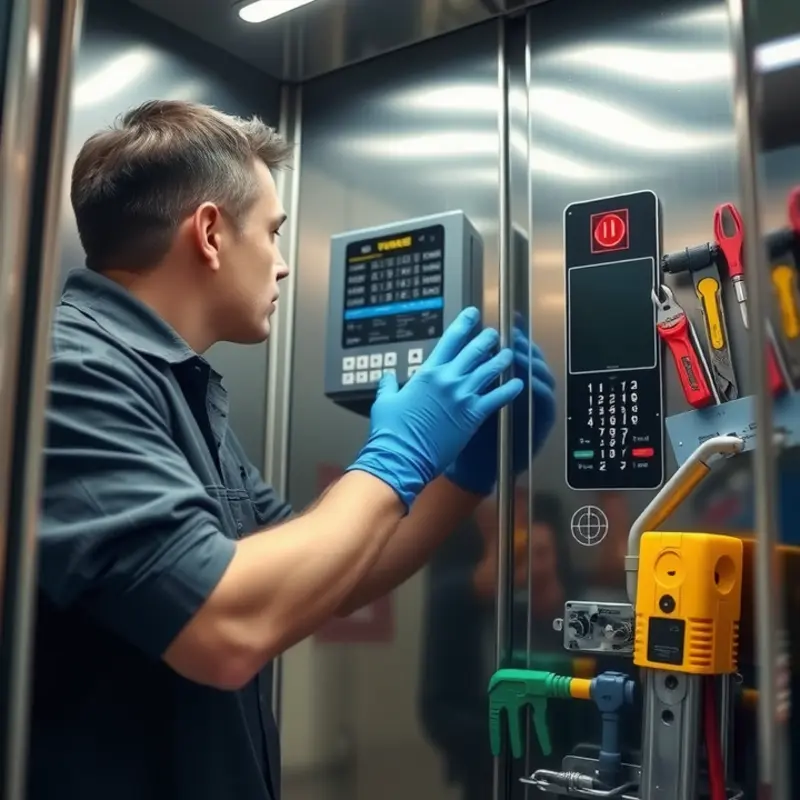
Ensuring the elevator in your apartment complex operates safely requires implemented strategies and routine maintenance checks. The following tips will help enforce safety and reduce malfunctions, contributing to a hassle-free living environment.
Regular inspections are paramount in maintaining elevator safety. Residents should advocate for scheduled inspections by certified professionals at least twice a year. These inspections ensure all mechanical parts and emergency systems, like brake mechanisms and fire alarm interfaces, function correctly. When reaching out to the landlord, encourage them to hire professionals with a proven track record to provide these services.
One often overlooked maintenance tip is cleanliness. Dust and debris can impact the elevator’s operational parts. Tenants should work with their property management to guarantee that the elevator and its shaft are kept clean. This might involve setting periodic cleaning schedules and ensuring drainage systems are unblocked to prevent water from seeping into the machinery. Cleanliness directly contributes to an elevator’s longevity and operational safety.
Ensure timely repairs by staying vigilant for unusual sounds or jerks during elevator operation. Sudden bangs, grinding noises, or abrupt stops are warning signs. Promptly report these to your property manager, as ignoring them could lead to severe malfunctions. Encourage your community to respond quickly and reinforce the importance of acting before a small issue becomes a large safety hazard.
Another critical tip is to verify the accurate closure of elevator doors. They should open smoothly and align perfectly, with no gaps. Misalignments might indicate a mechanical issue that could lead to sudden stops or trapped individuals. Immediate reporting of door problems is essential.
Engaging actively with your neighbors can also enhance elevator safety. Organize a safety meeting, discuss topics about general elevator etiquette, and encourage everyone to report any irregularities as they notice them. Promoting accountability within your community minimizes risks and promotes a culture of safety.
Moreover, encourage proactive stress tests on the elevator system. These tests, such as checking emergency lighting and backup power supplies, confirm the system’s readiness in a power outage. Conversations with property managers to schedule these tests help fortify the structure’s resilience and reliability.
Finally, implementing educational programs or discussions about optimal usage, such as not overloading the elevator or using it responsibly during emergency situations, will enhance safety significantly. Educational material can be distributed or discussed at tenant meetings to standardize safe usage practices.
For more on ensuring safety in all aspects of apartment living, consider reading on establishing safe apartment storage practices. Comprehensive safety, beyond the elevator, fortifies your living environment, offering peace of mind and a secure space for every resident.
Final words
Safety should never be compromised when it comes to living in an apartment. Understanding elevator safety protocols and actively participating in maintenance efforts are vital components of a secure living environment. As a renter, you have the power to advocate for safety measures and ensure that those around you are informed and vigilant too. By following these guidelines, you not only prioritize your own safety but also contribute to creating a more secure community for all residents. Remember, being proactive is the key to embracing a safe and comfortable living experience.




